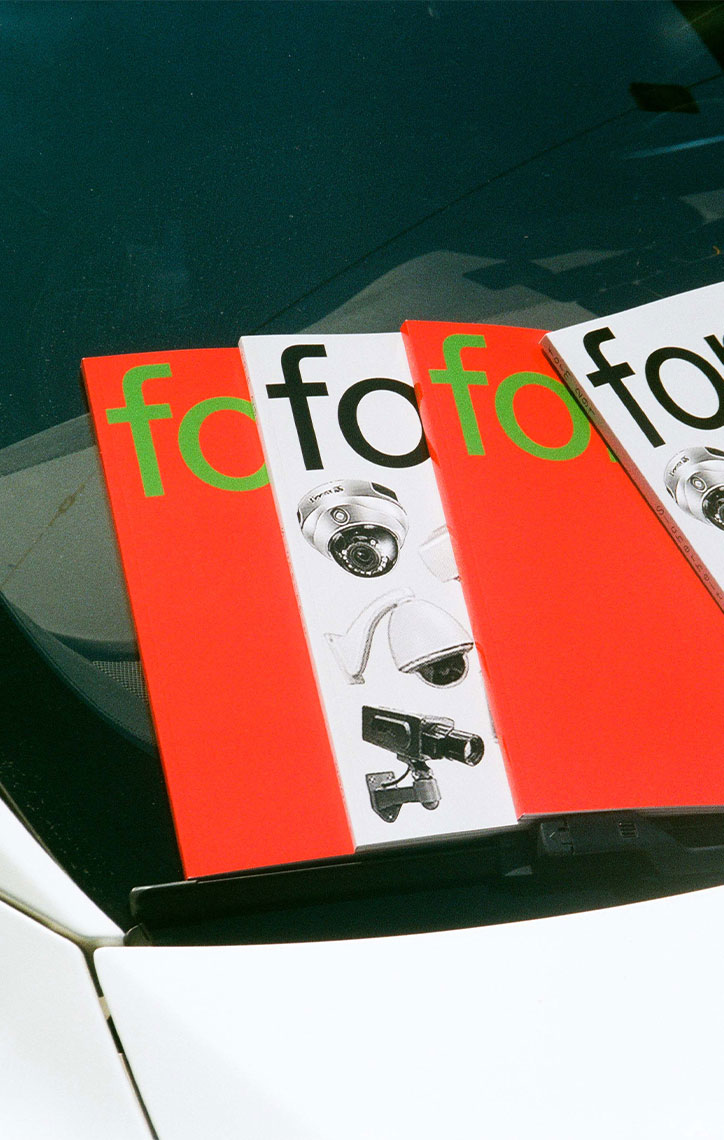form Magazine
Germany

form is the oldest, still existing German design magazine, currently led by Anton Rahlwes and Nina Sieverding. Founded in 1957 by Jupp Ernst, Willem Sandberg, Curt Schweicher and Wilhelm Wagenfeld, form Magazine has established itself over the years as one of the world’s leading magazines in the fields of interdisciplinary design publishing.
Under the editorship of Nina and Anton, the magazine became a critical voice in design discourse, with a focus on a young audience and intersectional issues such as feminism, decolonialism, queerness, and classism.
Nina Sieverding is a journalist, creative director, teacher and the co-editor-in-chief of form. She studied Visual Communication in Braunschweig, Germany, and Valencia, Spain, and holds a MA degree in Integrated Design from the University of Arts Bremen. Nina worked as a journalist, copywriter and graphic designer for various cultural and design institutions like Bauhaus Dessau Foundation or Berliner Festspiele before joining form’s editorial department in 2019. She currently teaches History of Visual Communication at University of Art and Design in Offenbach/Main.
Anton Rahlwes is a trained product designer with a degree from the University of Applied Sciences Potsdam, Germany. He writes and designs with a focus on social issues in the tension between practice and theory. At his alma mater, he taught a course on gender design – a subject that is close to his heart. He is also the co-founder of the Berlin-based furniture label OUT – Objekte unserer Tage. At OUT, he was responsible for the visual appearance of the brand, various designs, and trade fair appearances. Anton is currently devoting himself to aesthetic research in the field of queer aesthetics at Johann Wolfgang Goethe University, Frankfurt/Main.
Autostrada Studios is a Berlin based multidisciplinary design studio, founded by Max Pietro Hoffmann, offering creative direction, photography, and graphic design. The studio connects content-driven visual communication with a demand for aesthetic design. Their work is based on research, concept development, and close collaboration with clients. The studio worked for clients such as Sony, Max Planck Institute and KaDeWe group.








 form follows content – Creating a design magazine in one week
form follows content – Creating a design magazine in one week